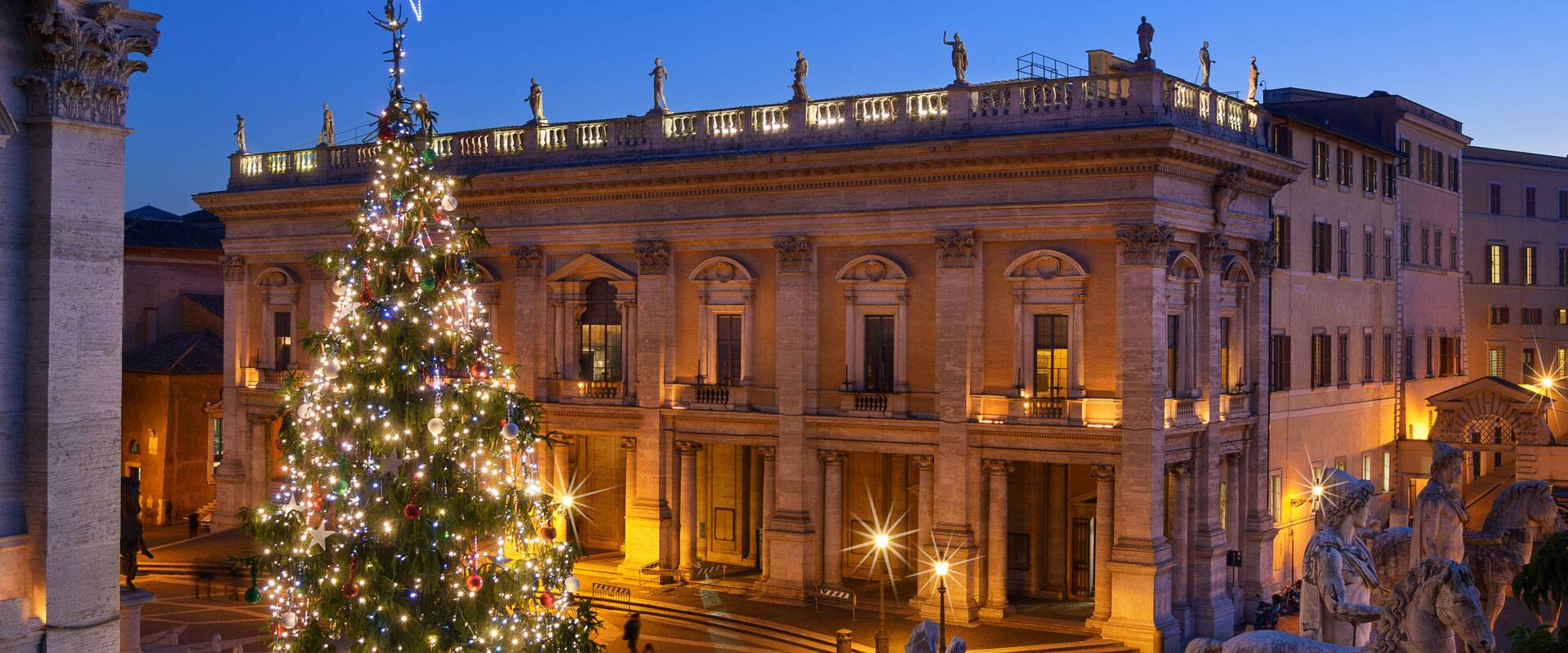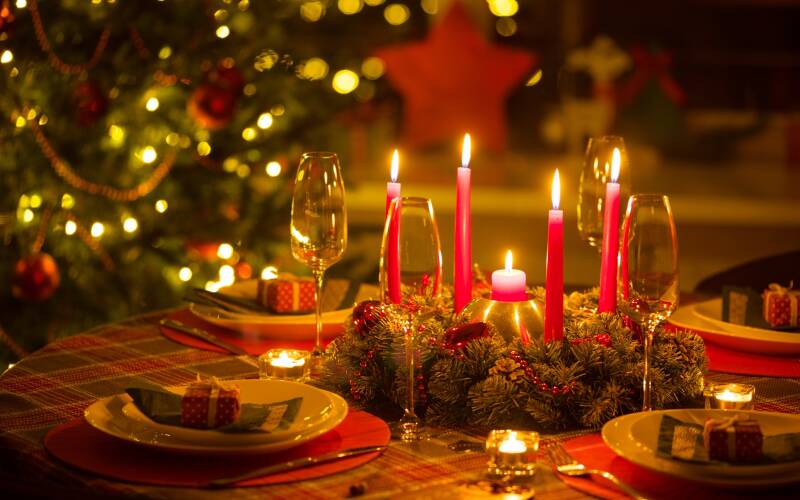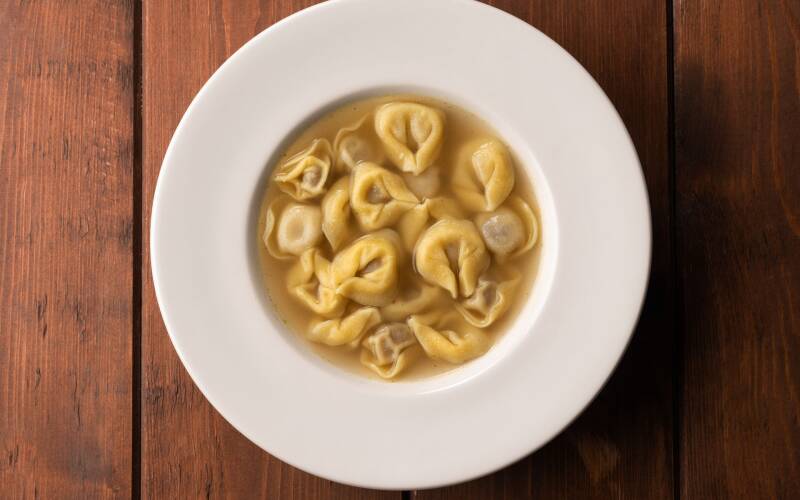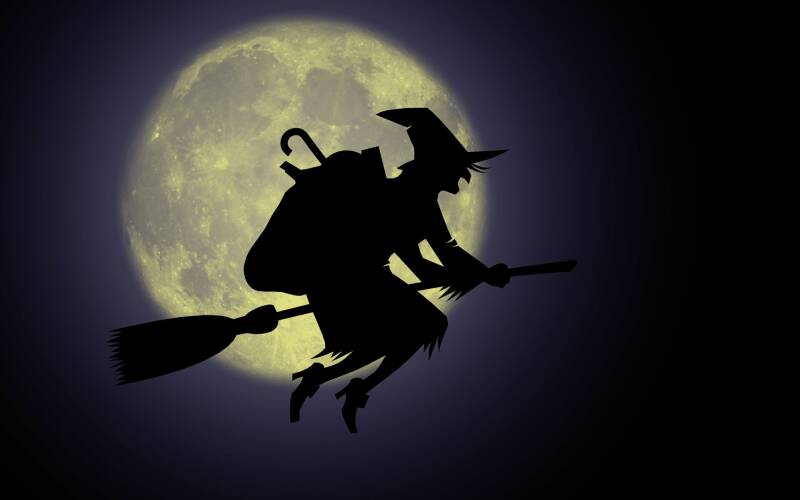- Search magazine...
- Magazine by Category
- Magazine by Region
- article detail
- Search magazine...
- Magazine by Category
- Magazine by Region
- article detail
While the holiday season is universally celebrated across the country, many Italian Christmas traditions are steeped in centuries-old customs, religious observances, and festive meals. From the nativity scenes to the special meals enjoyed on Christmas Eve and Day, the Italian way of celebrating Christmas offers a blend of joy, spirituality, and family spirit.
Here are a few of the most important traditions, no matter where you spend Christmas in Italy.
La Vigilia
In Italy, Christmas Eve, known as La Vigilia, stands as the cornerstone of holiday celebrations. Families traditionally come together for an elaborate dinner, with a menu drastically different for every region. In certain areas, iconic desserts such as panettone (the famous sweet bread studded with candied fruits) and panforte (a richly spiced fruitcake) grace the table for dessert. As the clock strikes midnight, many Italians attend La Messa di Mezzanotte (Midnight Mass), where they come together to celebrate the birth of Jesus. In rural communities and smaller towns, this sacred moment is often followed by a procession through the streets.
The Presepe
One of the most beloved Italian Christmas traditions is the creation of the presepe, a nativity scene. The tradition dates back to the 13th century when St. Francis of Assisi created the first live nativity scene to help people better understand the story of Jesus' birth. In Rome, the annual 100 Presepi exhibition displays about 200 nativity scenes from artists across Italy and other countries. Rome also houses the Museo del Presepio "Angelo Stefanucci", which displays over 3000 nativity displays, made from a wide range of materials including plaster, glass, and even eggshell, and a life-size nativity scene is displayed annually in Saint Peter's Square.
The presepe at Santa Maria Maggiore in Florence is said to be the oldest permanent nativity scene, carved in marble by Arnolfo di Cambio in the late 13th century.
In Naples, the tradition of crafting miniature figurines for the presepe is especially renowned, with one nativity scene shop open all year round in the Spaccanapoli shopping area. Artisans in the city create intricate and detailed figurines that represent not only the biblical story but also everyday life in Italy, with people portrayed in traditional costumes.
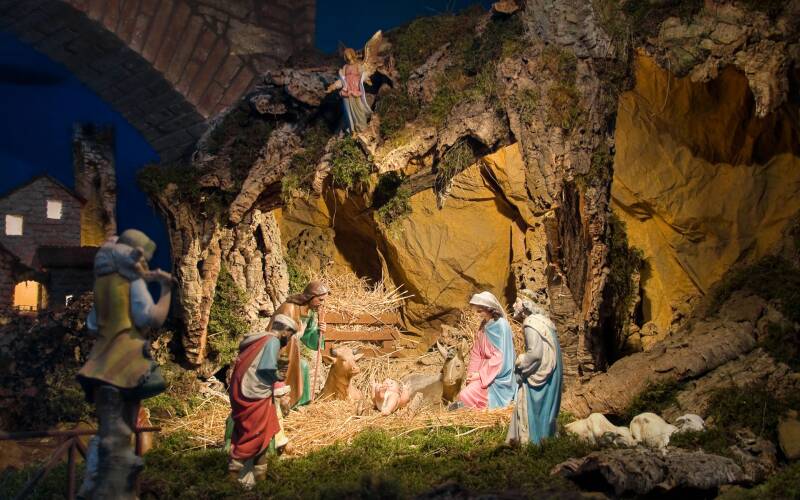
The Presepe
Feasts
Traditionally, to prepare and purify their bodies, Italian Catholics forgo meat on Christmas Eve day. Then, on Christmas Day, families host a large lunch which lasts all day, featuring traditional dishes like pasta in brodo (pasta cooked in stock) and panettone (sweet bread with raisins and sometimes with candied fruit too).
New Year’s Eve (San Silvestro)
New Year's Eve coincides with the Festa di San Silvestro in Italy and is traditionally a time to both literally and figuratively throw out the past. At midnight, people throw kitchenware, appliances, clothes, and furniture out of their windows onto the street, a tradition most common in the southern part of the country. The day is celebrated with a big dinner called il Cenone, featuring lentils right after midnight; the money-shaped food is thought to bring good luck.
Another widespread tradition in Italy is the wearing of red underwear, referencing the medieval belief that red wards off sickness and bad luck. Italians are so passionate about this tradition that red underwear can be bought all across town, and if a friend hears you do not have any, they will likely gift you some! Of course, fireworks, music, dancing, spumante, prosecco are equally important.

New Year's Eve
Epiphany and La Befana
While Christmas Day is important, many Italians also look forward to Epiphany Day, celebrated on January 6th. This marks the arrival of the Three Wise Men in Bethlehem to visit the infant Jesus. It is also associated with the legend of La Befana, a woman with a crooked nose and broomstick who, according to folklore, delivers gifts to children on the night of January 5th. Despite her appearance, La Befana is not a witch. Similar to Santa Claus in other cultures, La Befana is said to fill stockings with sweets for well-behaved children and lumps of coal for those who have misbehaved. Unlike Babbo Natale (Santa Claus), La Befana forgoes the milk and cookies, opting instead for a hearty bottle of red wine as her treat. In some regions, the day is marked with parades and festivals, including reenactments of the arrival of the Magi, as well as special foods and community events. The Epiphany is a public holiday in Italy, and it marks the official end of the Christmas festivities.
Christmas in Italy is a time to strengthen family bonds and celebrate togetherness. Many Italians travel back to their hometowns to spend the holidays with their extended families, reflecting the country’s strong family-centered culture. In addition to the family gatherings, many Italians participate in community events, such as public Christmas markets, concerts, and the display of large nativity scenes in town squares. If you plan to experience such a beautiful mix of family celebration and joyful tradition, Christmas in Italy is a truly special time of year to do it.
Browse our portfolio to find the best luxury villas for your Christmas holiday in Italy!
Copyright © Home in Italy. All rights reserved.
balsamina

8 4 5
Sicily, Avola
from 8,950 to 14,900 € / week
villa mandorli
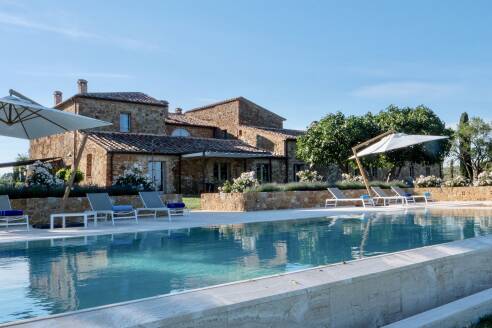
12 6 7
Tuscany, Montepulciano
from 7,150 to 11,600 € / week
cantico

8 4 10
Puglia, Fasano
from 20,000 to 35,000 € / week
villa reale di marlia
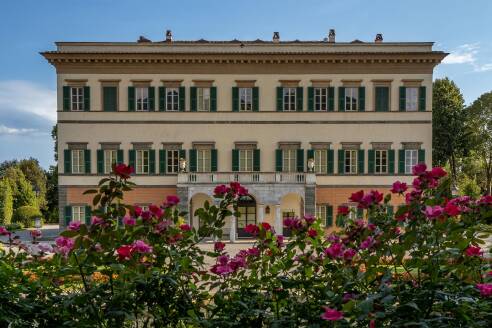
25 11 20
Tuscany, Lucca
Price On demand
verdiana
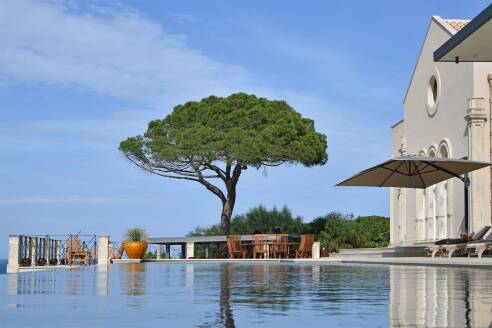
12 6 6
Sicily, Siracusa
from 15,600 to 21,950 € / week
merangola
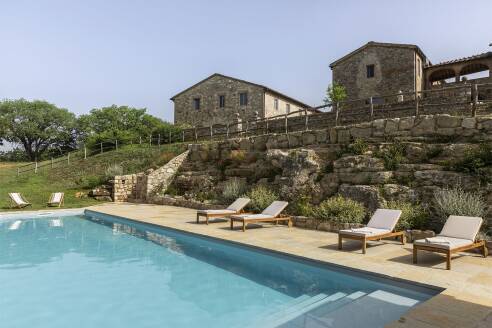
12 6 8
Tuscany, Siena
from 14,000 to 16,000 € / week
masseria antica
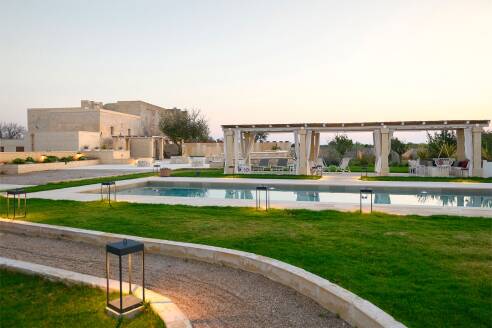
20/22 12 14
Puglia, Lecce
from 31,500 to 49,000 € / week
pantera
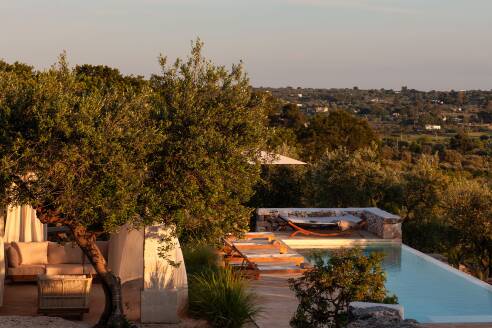
18 9 13
Puglia, Ostuni
from 11,900 to 30,450 € / week


